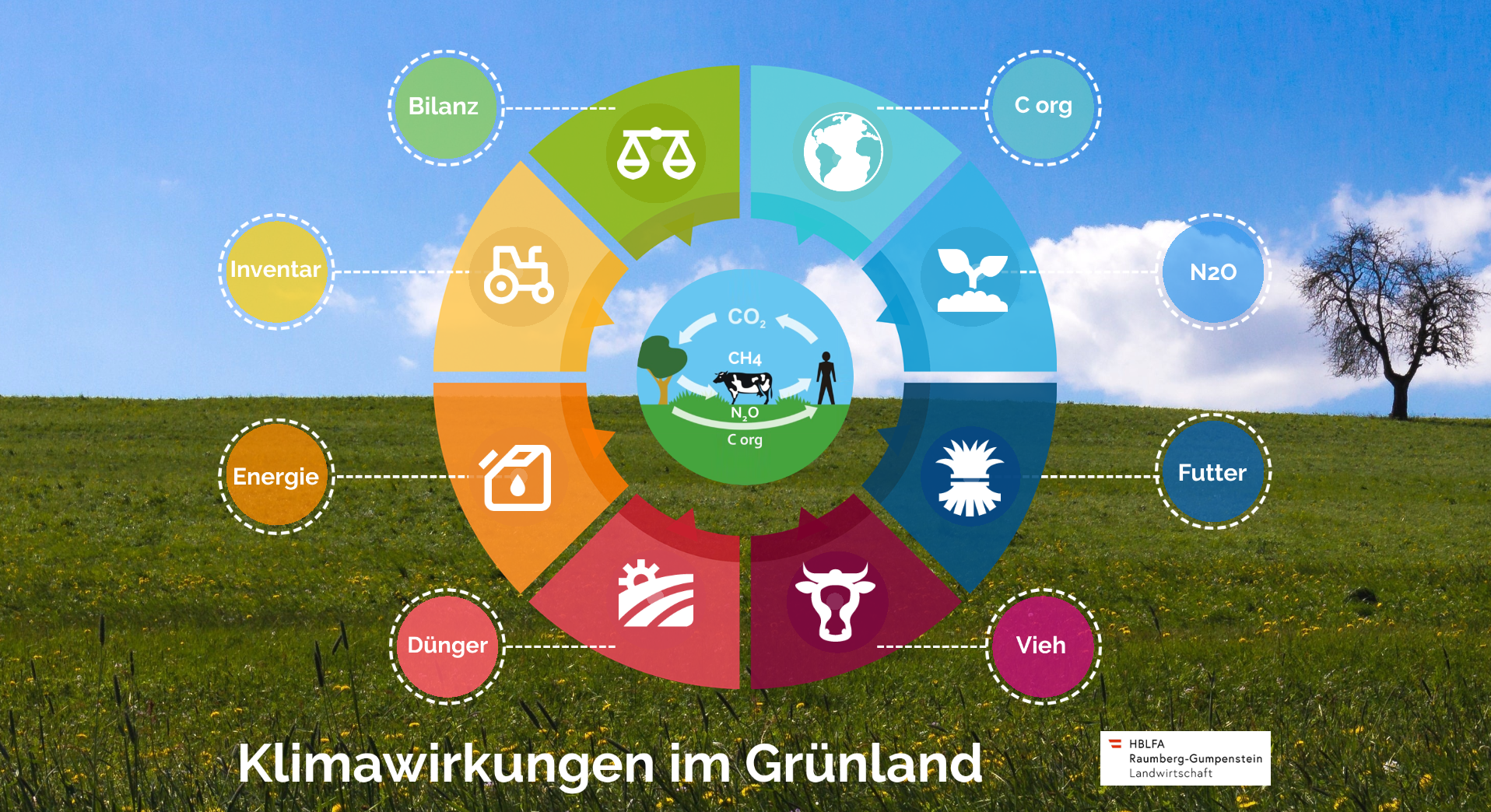The contribution of the primary sector to global warming is controversially discussed in the public media discussion and also in science. This is due in particular to the difficult demarcation between the material turnover between the biosphere and the atmosphere, which on the one hand occurs biogenically and naturally, but on the other hand is also caused by anthropogenic fossils. The four most important agricultural greenhouse contributions affect different processes with different atmospheric damaging effects:
- N 2 O emissions from soil management
- CH 4 emissions from animal husbandry
- The C balance of land use (soil carbon)
- The use of fossil energy (e.g. diesel consumption, machine production)
N 2 O emissions from nitrogen turnover by soil organisms arise naturally; However, in the course of agricultural production, quantity shifts also take place via feed trading and fertilizer purchases. Based on the digestion of feed from natural grass stocks, whose carbon content has been bound from the atmosphere, CH 4 emissions from enteric fermentation are also greenhouse-neutral. The accounting method used determines the valuation of the human-caused share. With regard to soil carbon, positive net C balances are generally found in grass-based feeding systems, provided there is no plowing of grassland. The direct use of energy for fuels in the field and in the stable as well as the production of machines and buildings lead to clearly anthropogenic-fossil greenhouse loads. When it comes to mitigation measures, the focus is on saving energy.
Historically, the primary sector and also ruminant farming would not have been able to reach the atmospheric damage threshold for greenhouse gases if there had not been economic growth in other sectors associated with enormous amounts of greenhouse gases. For the discussion about the positive and negative agricultural climate contributions, an analysis of the different greenhouse effect mechanisms and global climate and policy scenarios is therefore a prerequisite. There are also general challenges such as distinguishing between production and consumption-related balances. The analysis of food production from grassland-based ruminant farming also sharpens the focus on the overall orientation of the global and national food industry right down to the consumer.
HBLFA provides an overview of climate impacts in Austrian grassland : https://prezi.com/view/cRWYXzkk3RNYgIKtH7PX/
The following publication offers a further look at global ruminant farming:







